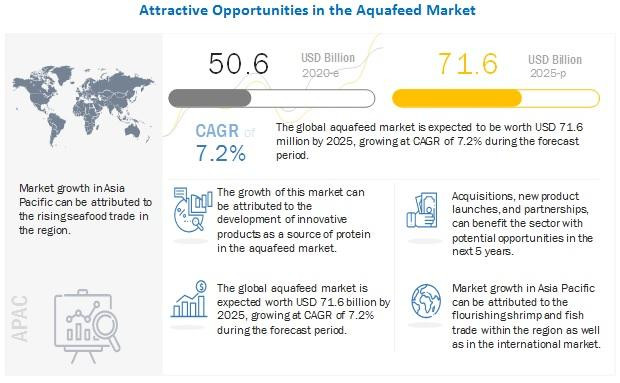According to a research report "Modified Starch Market by Raw Material (Corn, Cassava, Potato, Wheat), End-User (Food & Beverages, Feed, and Industrial), Form (Dry and Liquid), and Region (North America, Europe, APAC, South America, Rest of the World) - Global Forecast to 2027" published by MarketsandMarkets, the global modified starch market is estimated to be valued at USD 13.7 billion in 2022. It is projected to reach USD 15.9 billion by 2027, recording a CAGR of 3.1% during the forecast period. The global modified starch market has been influenced by some of the macroeconomic and microeconomic factors witnessed in some key countries. This would prove strong enough to drive the market significantly in terms of value sales during the forecast period. With the rise in demand and preference for natural food ingredients, the trend of clean-label and plant-based products has significantly boosted the utilization of modified starch derivatives in the food industry. Modified starch is used as a thickener and binder, and this enhances its properties, such as smoothness, hardness, gloss, and whiteness.
Download PDF Brochure @ https://www.marketsandmarkets.com/pdfdownloadNew.asp?id=511
Feed market is a relatively untapped and small market in comparison to other non-food applications and the rapidly growing food & beverage market.
Modified starch is used as one of the components of feed, majorly as a milk replacer and as a source of energy, to improve digestibility and help increase the weight of livestock. Companies are focusing on the development of extraction and processing of modified starch to discover new feed applications. Starch is the primary source of carbohydrates in swine feed. Potato starch, when fed as a substitute for corn to weaning pigs, can improve their growth performance. Modified starch in ruminant feed acts as a milk replacer for newborn calves. It is a source of carbohydrates, which helps in improving digestibility in ruminants and helps them gain weight. It is rapidly digested by rumens; however, an excess of it could induce acidosis in cattle, which could be harmful.
Modified starch provides internal strength to paper
Modified starch contributes to the paper industry in many ways as it provides several functional properties to the paper and works as a process aid as well. The papermaking industry uses a large number of modified starches, both as a wet-end additive and as a modifier in surface sizing and coating colors. They impart the body to the paper by holding the pulp together. Modified starches are used as glue and adhesives for paper edges. They provide internal strength and enhance the surface of the paper. They also improve printability and writing properties. Typically, printing and writing papers contain 4.1% starch; paperboard 2% starch; and domestic & industrial papers 1.9% starch. The growing use of recycled paper has led to the increasing use of starch derivatives to avoid the deterioration of the quality of fibers during recycling.
Make an Inquiry @ https://www.marketsandmarkets.com/Enquiry_Before_BuyingNew.asp?id=511
North America is projected to reach USD 3,301.0 million during the forecast period.
In 2021, North America accounted for a market share of 21.6% in the global modified starch market. The North American modified starch market is completely driven by the US market. The US modified starch industry has witnessed technological advancement, which has increased its usage in various industries. In the US, modified starch is primarily used in canned soups and in blends where its thickening power is exploited, especially for fill viscosity. It is also used as a base for gelling agents in confections, for thickeners in products such as pastry and pie fillings, and in instant puddings. The growing trend of ready-to-eat meals and processed food is also driving the modified starch market in the region. Modified starch is frequently used in food applications due to its functional properties.
The key players in this market include Tate & Lyle (UK), Emsland (Germany), Ingredion Incorporated (US), and Avebe (Netherlands).





